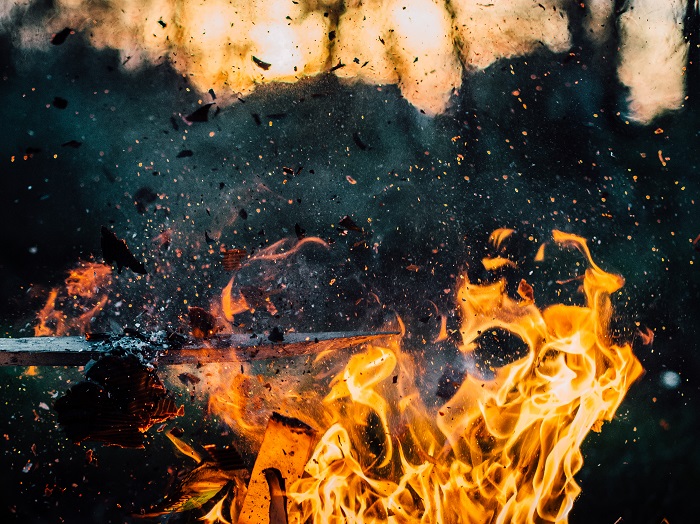Security and Arson Protection Advice in Unoccupied Buildings
Security and arson protection advice for building and business owners and insurers – a free guide to managing the risk during the COVID-19 outbreak
In these unprecedented times, as the UK’s national fire safety organisation, the Fire Protection Association is offering businesses its wealth of knowledge and advice. Of particular relevance to the coronavirus crisis is “Unauthorised occupation of non-residential premises” – a guide to managing the risk, which is available as a free download.
As many businesses have had to move out of their buildings temporarily – and at some speed, owners may not have had time to consider that vacant buildings are often more susceptible to the risk of fire (arson), criminal activity, misuse and malicious damage. This guide looks at what preparations, practical measures and security controls can be applied to help manage the risk.
Insurers report that there is often a significant increase in the frequency and severity of claims for damage and clear up costs arising from unauthorised occupations of vacant properties. The Fire Protection Association’s guide explores the trend and offers guidance for owners and insurers.
The main areas covered by the guide are:
The growing challenge of unauthorised occupations
Insurers report that there has been a significant increase in the frequency and severity of claims for damage and clear up costs arising from unauthorised occupations of vacant properties.
Evolution of the problem
Frequently reported are occupations by large numbers of well organised groups making use of empty buildings for dumping by fly tippers in return for cash payment.
Vigorous action required
In the light of how this problem is developing, managers and owners would be well advised to revise their risk assessment and, if necessary, take rigorous action to reinforce the physical resistance of their vacant building.
Importance of planning
Advance planning covering the preparations that need to be made in advance of an occupation, the actions required should an occupation occur and those needed to protect the operation and assets going forward, is just as important as physical preparations.
The law and policing
As part of the advanced planning, managers and owners should acquaint themselves with the legal and policing environment they will find themselves in should the worst happen and trespasses need to be ejected.
Help and support
The advice and support of professionals, consultants and specialist services can be invaluable before, during and following an unauthorised occupation.
Jonathan O’Neill, the Fire Protection Association’s managing director says:
“The Fire Protection Association published this guide in 2017, as part of our commitment not only to fire protection, but business resilience – and companies, building owners and insurers would be well advised to read it, to help with implementing their COVID-19 crisis plans.”
To gain regular free access to a wide range of fire and risk industry leading advice, why not consider becoming an FPA member. Membership of the Fire Protection Association provides you with invaluable fire safety news, information and support to help you in your job, plus exclusive member benefits. As an organisation committed to setting the highest standards in fire safety, you can relax in the knowledge that you’ve got access to our technical support team and you can benefit from attractive member discounts on our comprehensive range of training courses, seminars, publications and safety signs.
The Fire Protection Association’s (FPA) report is published by its sister organisation RISCAuthority - a scheme supported by a significant group of UK insurers that conducts research in support of the development and dissemination of best practice on the protection of property and business.
To read the full report please click here www.thefpa.co.uk/news/news/news_detail.security-and-arson-protection-advice-for-building-and-business-owners-and-insurers-a-free-guide-to-managing-the-risk-during-the-covid-19-outbreak.html











































